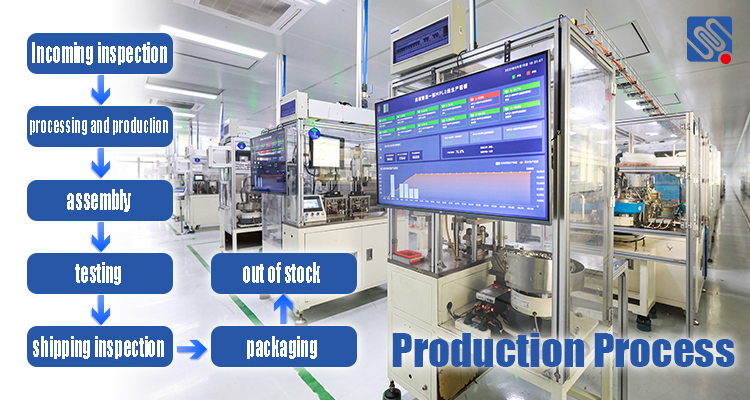Relay production plays a pivotal role in the manufacturing of electrical control systems. Relays, which are electromechanical switches used to control the flow of electricity, are crucial components in numerous applications, including automotive systems, industrial automation, telecommunications, and home appliances. In this article, we will delve into the production process of relays, discuss the challenges faced during manufacturing, and explore their applications in modern technology.

The Basics of Relay Production At its core, the production of relays involves designing and assembling intricate electrical and mechanical components. The relay serves as a switching device that operates by using a small electrical current to control a larger one. This function is made possible through its main parts: the coil, the armature, the contacts, and the spring. The production process of relays is typically broken down into several key stages, each of which requires precision and expertise: Material Selection: The first step in relay production is choosing the right materials for the various components. For instance, the coil is made from copper wire, while the contacts are often crafted from silver or other highly conductive metals. The armature, which is the moving part that bridges the contacts, is usually made of steel or another magnetic material to ensure proper function under the influence of the electromagnetic field.